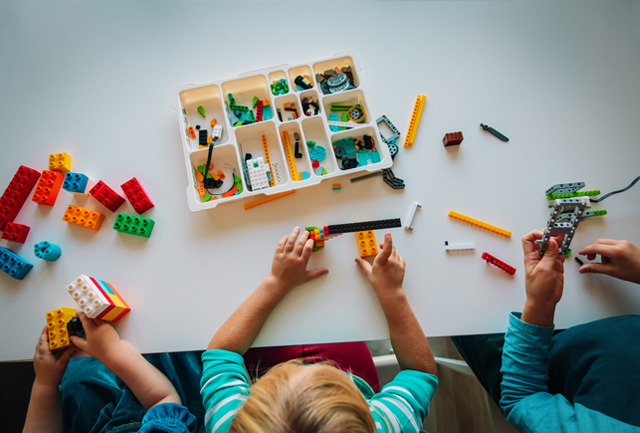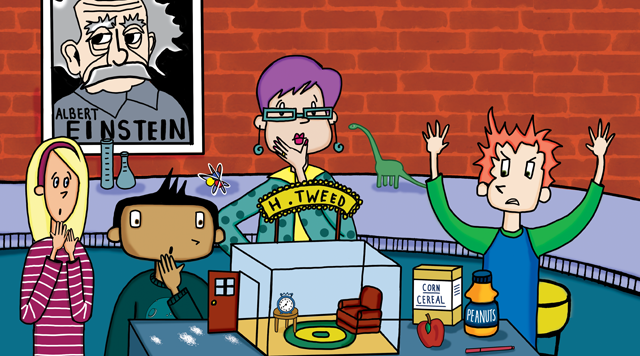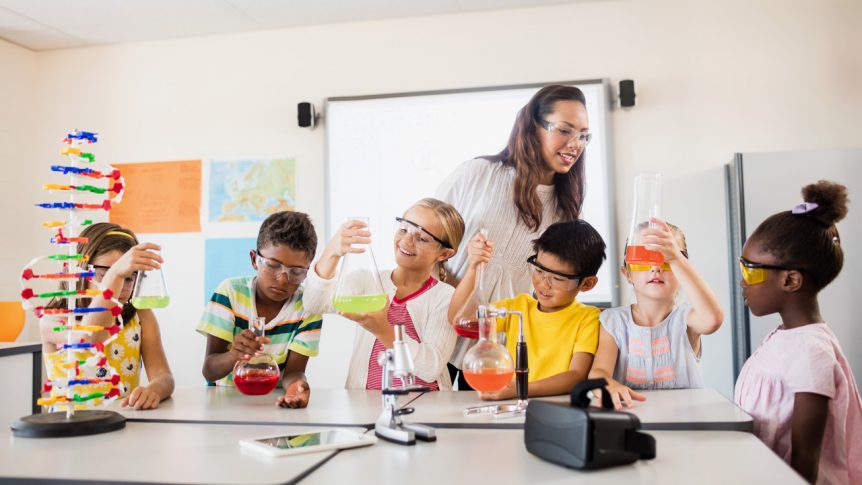It’s that time again! Teachers are preparing for a brand new school year. Countless hours are being spent on bulletin boards, seating assignments, lesson plans and, of course, the perfect room arrangement for students to engage in multiple activities. In the elementary classroom, centers are being thoughtfully planned out, so students can explore various hands-on opportunities for learning. The most fun center in the classroom is the science center, of course!

Science Centers…Why are they Important?
- Science Centers allow students to experience science at their own pace and level.
- Children can reflect back on their learning.
- Teachers can be science facilitators rather than instructors.
- Science centers allow for hands-on learning and exploration.
Need Science Center Ideas?
- Label all materials-This can be done by word labels or pictures. This allows students and teachers to know where materials belong and help keep the center organized. Also, labeling materials allow children to work more independently.
- Science tools-Every scientist needs tools to work with. The tools can be super simple, but a must for the center. Tools can be things like tweezers, tongs, balances, pipettes, test tubes, plastic containers, discovery bottles, rulers, magnets, etc. Rotating the tools throughout the year keeps the center fresh and appealing.

- Natural materials – This can be seasonal materials such as pumpkins, leaves, rocks, feathers, and pinecones. Natural materials allow children to observe, question, and investigate. Hum…sounds like the science process skills!
- STEM materials – Children love to build and create. Put blocks and marbles in the center. Allow children to create and use their imaginations.
- Books – A science center is the perfect place for the Quirkles® and Fuddlebrook® Science storybooks. Each book has two hands-on science experiments at the end of the book. Why not feature a different book each week? Read the story and put the book in the center for the children to look at. Place the experiment materials in the center for children to explore. Start off with Fuddlebrook’s Who Stole Herman Tweed or the Quirkles’ Inquisitive Inman.

Every elementary classroom should have a science center. Take the time to create it now and watch the love of science explode in your classroom!
Happy School Year!

